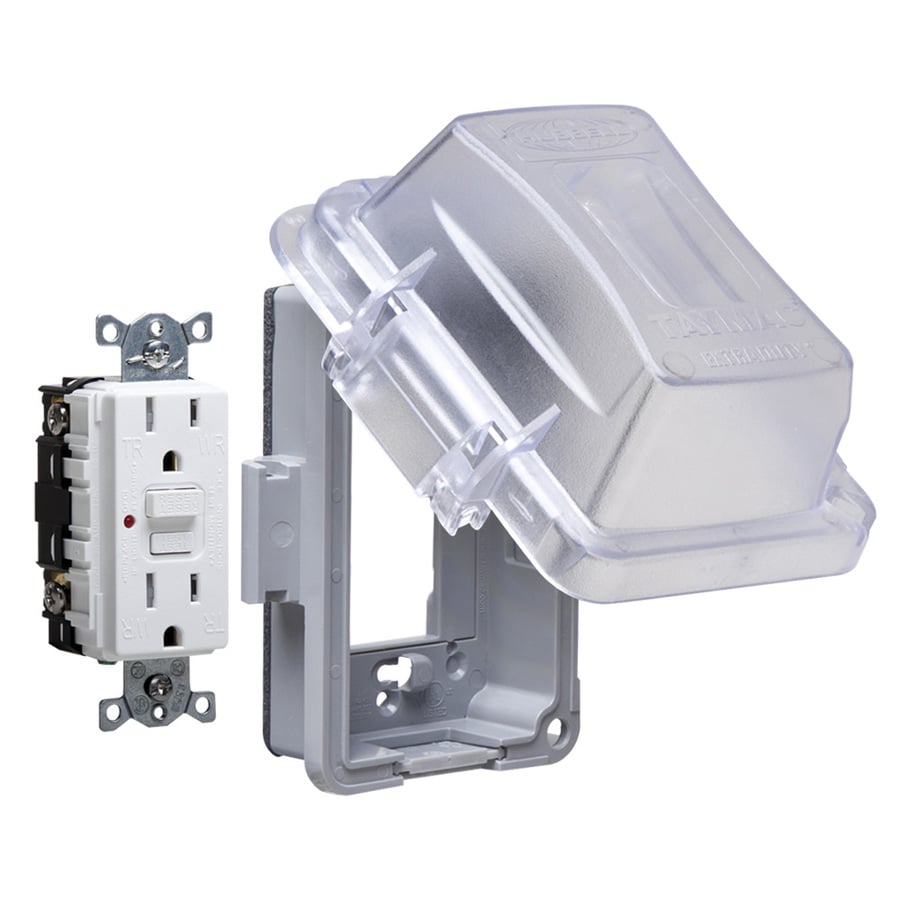lifefloat
Member
- Location
- Florida Keys
Quick question...........I have a client who recently has two freestanding islands built outside that contain outdoor rated appliances. All high end stuff. Smoker, BBQ, food warmer, hot plate, and refrigerators.
The location is outside with no roof covering and is about 20' from the swimming pool. From a safety and code standpoint I GFCI protected it all at the circuit breaker. It's not hard to picture wet bare feet using the equipment right?
Well, you know the issue. It's the refrigeration. It is nuisance tripping the GFCI breaker(s). Any idea how to make it a safe code compliant installation?
The easy fix is to dedicate the refrigeration on non-GFCI circuit but once again....wet feet.....outside........just seems like a bad idea.
Any suggestions would be appreciated.
The location is outside with no roof covering and is about 20' from the swimming pool. From a safety and code standpoint I GFCI protected it all at the circuit breaker. It's not hard to picture wet bare feet using the equipment right?
Well, you know the issue. It's the refrigeration. It is nuisance tripping the GFCI breaker(s). Any idea how to make it a safe code compliant installation?
The easy fix is to dedicate the refrigeration on non-GFCI circuit but once again....wet feet.....outside........just seems like a bad idea.
Any suggestions would be appreciated.


